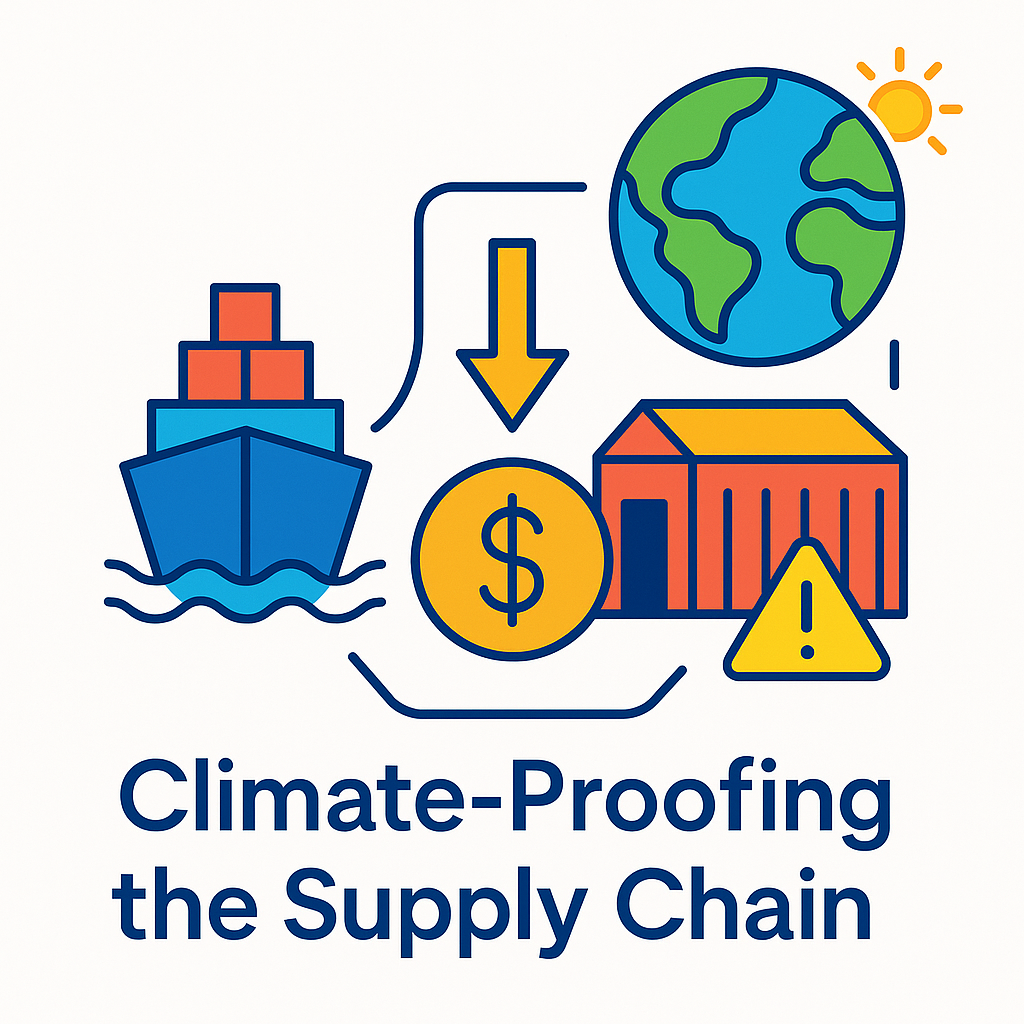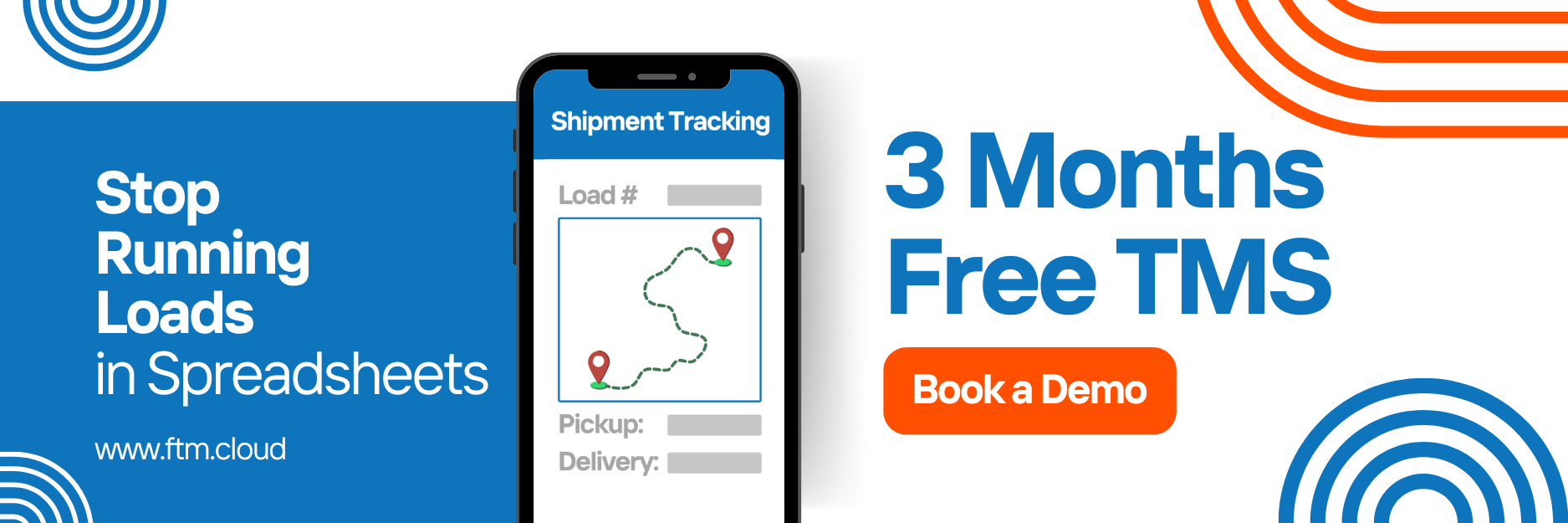Global logistics has always been complex but in recent years, that complexity has turned into volatility. From trade wars that reshape supply routes overnight to unpredictable tariff policies impacting margins, the logistics landscape demands more than just resilience, it demands strategic foresight.
This is where managing risk in large-scale logistics becomes not just a survival strategy, but a competitive advantage.

How Trade Wars Reshape Global Supply Chains
Trade wars can change decades of trade flows in months. When tariffs rise, costs ripple across entire logistics networks — forcing carriers, shippers, and freight forwarders to rethink sourcing and routing.
For example, U.S.–China tensions pushed many manufacturers toward Southeast Asia, altering shipping lanes, port volumes, and warehouse distribution patterns.
The key to surviving this? Flexibility.
Carriers using a TMS logistics platform can dynamically reroute shipments, compare tariff impacts across borders, and analyze alternative trade lanes in real time. This level of adaptability turns disruption into opportunity.
The Hidden Cost of Tariffs in Freight Management
Tariffs don’t just raise product prices, they reshape freight demand and warehouse strategies.
Higher import costs often lead to bulk pre-tariff shipments, temporary inventory surges, and capacity shortages.
This is where TMS freight systems shine. They help carriers anticipate rate fluctuations, optimize consolidation, and prevent last-mile congestion.
Additionally, predictive analytics integrated into TMS cloud systems allow operators to simulate tariff changes before they happen, identifying cost-effective routes and suppliers ahead of time.
Technology’s Role in Risk Mitigation
Managing risk in large-scale logistics means staying data-driven.
Today’s leaders use AI, blockchain, and IoT integrations within TMS transport software to track and validate every link in their supply chain.
For example:
- AI forecasting helps anticipate demand and tariff-driven surges.
- Blockchain documentation prevents compliance gaps in multi-border shipping.
- IoT visibility offers real-time cargo tracking, minimizing loss and delay.
When combined, these tools create a resilient digital ecosystem that reduces dependency on geopolitical stability and strengthens trust between carriers and shippers.
Insurance and Compliance: The Overlooked Pillars of Risk Management
Too often, fleets focus solely on routes and rates not coverage.
But as cross-border risk increases, so do the stakes.
Carriers must ensure their cargo insurance, liability policies, and compliance certifications align with evolving trade laws.
Integrating compliance data within your TMS logistics dashboard ensures no document expires unnoticed and no shipment gets flagged unnecessarily. Proactive compliance management saves time, avoids penalties, and maintains operational flow — especially during policy shifts.
Building Climate and Political Resilience
From tariffs to temperature extremes, logistics networks face overlapping threats.
Resilient companies are not just diversifying suppliers, they’re climate-proofing their assets.
Flood-resistant logistics parks, solar-powered warehouses, and route optimization for extreme weather are no longer optional.
By integrating environmental data into freight management tools, companies can reduce both emissions and exposure to disaster-related losses.
Read more: World Trade Organization: Global Trade and Tariff Updates
Turning Volatility into Strategy
Trade wars and tariffs are here to stay but so are smarter logistics systems.
Managing risk in large-scale logistics is no longer about prediction; it’s about preparation. Fleets that invest in visibility, technology, and diversification will not only withstand global uncertainty but use it as leverage for growth.
Take control of your network. Explore how FTM TMS helps carriers adapt, automate, and accelerate, no matter what global risks emerge next.
Contact us: [email protected]

